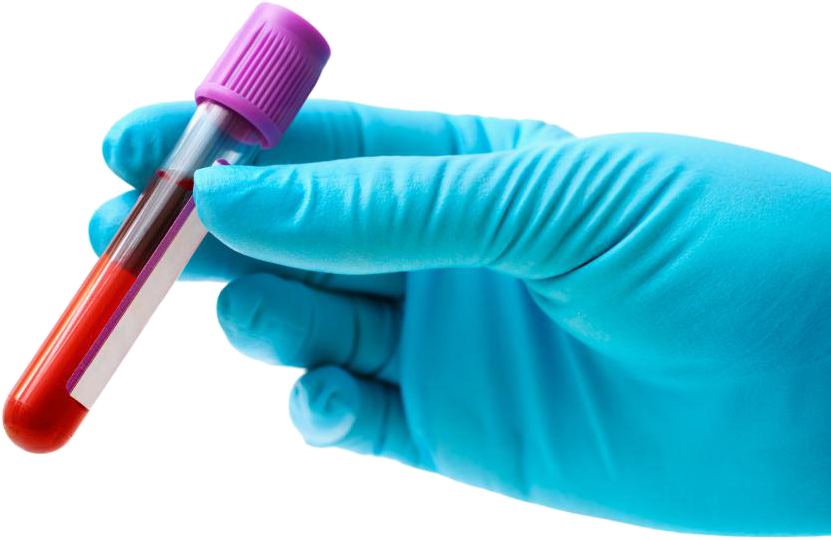SUNAO FUJITA
Ammonia (predominantly ammonium, [NH4]+) is largely produced in the gastrointestinal tract by gastrointestinal microflora that metabolize amino acids. The ammonia produced in the gastrointestinal tract is transported through the portal vein to the liver where the ammonia is converted to urea by the urea-cycle in the hepatocytes. Abnormal blood flow/structure or significantly reduced numbers of functional hepatocytes can result in an elevated ammonia level in blood.
Blood ammonia levels can be used to evaluate liver function. Increased blood ammonia levels can be seen with portosystemic shunts (congenital or secondary to severe cirrhosis) or loss of >60% of the liver function1. Therefore, ammonia is fairly specific, but not very sensitive for detection of severe liver disease. Elevated ammonia concentrations can be considered evidence of hepatic encephalopathy, but this is not a consistent finding. Ammonia is not elevated by cholestasis, which is an advantage of measuring ammonia over bile acids1.
“Ammonia has the potential to be a valuable analyte to evaluate liver function.”
Ammonia levels will be increased with urea or ammonia toxicity in cattle2. Strenuous exercise could also increase ammonia levels in dogs and horses2. Intestinal disease in horses may be occasionally associated with increase in ammonia concentration2. Irish wolfhound puppies may show transient increases in blood ammonia concentrations, which resolve in adulthood (unknown pathogenesis); this breed also has a high incidence of congenital portosystemic shunts2. Rarely inherited or acquired urea cycle enzyme deficiency have been reported2.
Ammonia has the potential to be a valuable analyte to evaluate liver function. However, this has not been widely utilized in veterinary medicine, because very strict sample handling is required for an accurate results. Ammonia measurement is problematic, as ammonia in blood is very unstable and volatile after collection. This has been a deterrent to routine measurement of this analyte. A general protocol for collection, storage and transport for an ammonia assay is as follows3.
> Patients need to be fasted for at least 8 hours before sampling
> Collect sample into EDTA and keep on ice
> Centrifuge and separate plasma within 15 minutes of collection (leakage of ammonia from erythrocytes occurs within 30 minutes, resulting in falsely high values)
> Keep separated plasma on ice or refrigerated (4ºC) and assay within 2-3 hours
> If longer delay until analysis is anticipated, freeze rapidly and store frozen until analysis
> Ship on dry ice. The sample MUST NOT thaw during transport
> All steps should be completed with minimal exposure to air, as any ammonia in the environment (air, water supply) can contribute to the ammonia in the patient sample
> Haemolysis, lipaemia, or icterus may cause false increases of ammonia.

No commercial veterinary laboratory in New Zealand has a validated veterinary ammonia assay. All Gribbles laboratories subcontract testing of frozen EDTA plasma to medical laboratories. We also do not have our own established reference interval for ammonia in any veterinary species. Thus, cautious interpretation is required for ammonia values. Falsely elevated ammonia results are common.
Ideally samples should be collected in the morning and sent to your local laboratory as soon as possible (following the sample handling recommendations above), and ammonia can be measured within a day at the medical laboratory. Storage of a sample overnight (or longer) and prolonged transport time will increase the risk of inaccurate results. Please phone your local laboratory prior to sampling to give advanced warning that a sample will be sent. For best results we recommend a detailed discussion of specific timing for sample collection and submission before submitting ammonia samples for testing.
Overall, ammonia measurement is not routinely recommended in New Zealand. Unfortunately, for many clinics the sample handling required to obtain an accurate ammonia result would be very challenging and in some cases impossible. Therefore, it should be first considered to use other analytes and diagnostic examinations for evaluation of liver function (e.g. bile acid, bilirubin, imaging, CT, etc.).
References:
1. Thrall, M.A., Weiser, G., Allison, R.W. et al. Laboratory Evaluation of the Liver. In: Veterinary Haematology and Clinical Chemistry, 2nd ed., pp. 401-424, Wiley-Blackwell, Ames, IA. 2012.
2. Stockham, S.L., Scott M.A. Enzymes. In: Fundamentals of Veterinary Clinical Pathology, 2nd ed., pp. 640-674, Blackwell, Ames, IA. 2008.
3. eClinPath, Ammonia, Cornell University College of Veterinary Medicine (March 19, 2023, https://eclinpath.com/chemistry/liver/liver-function-tests/ammonia/)
